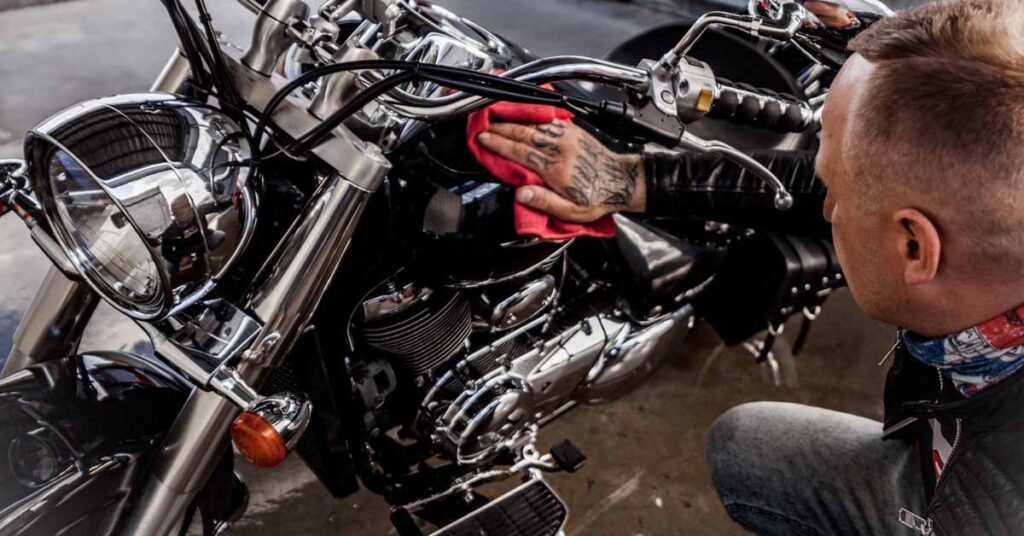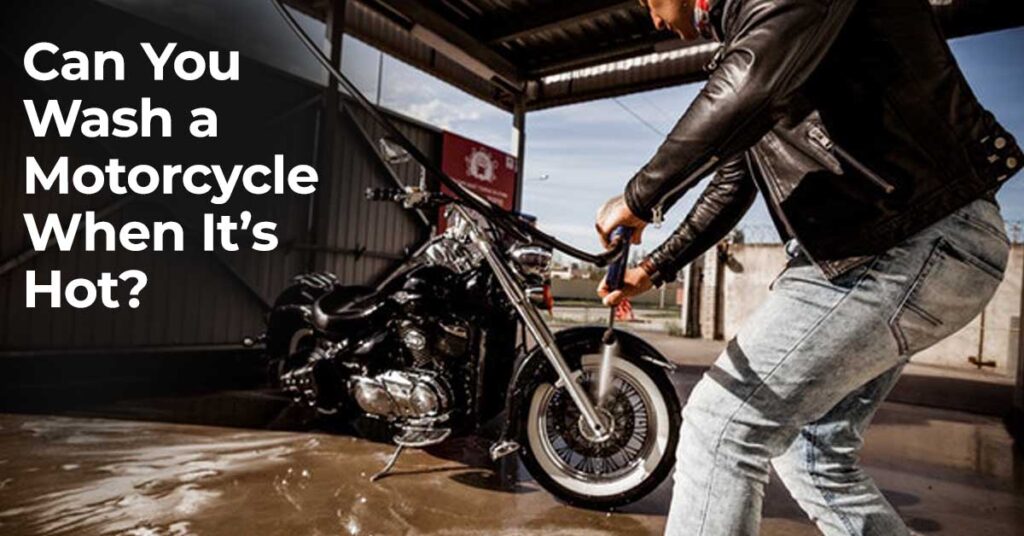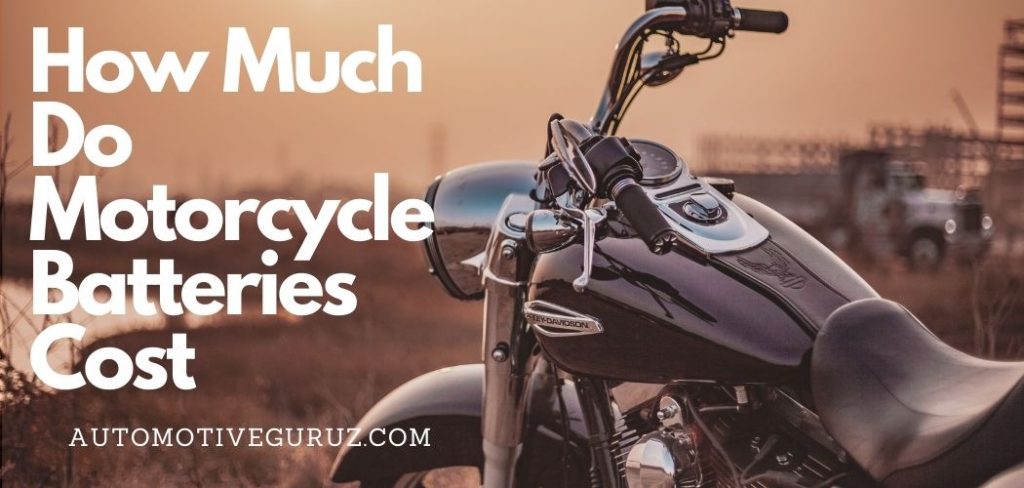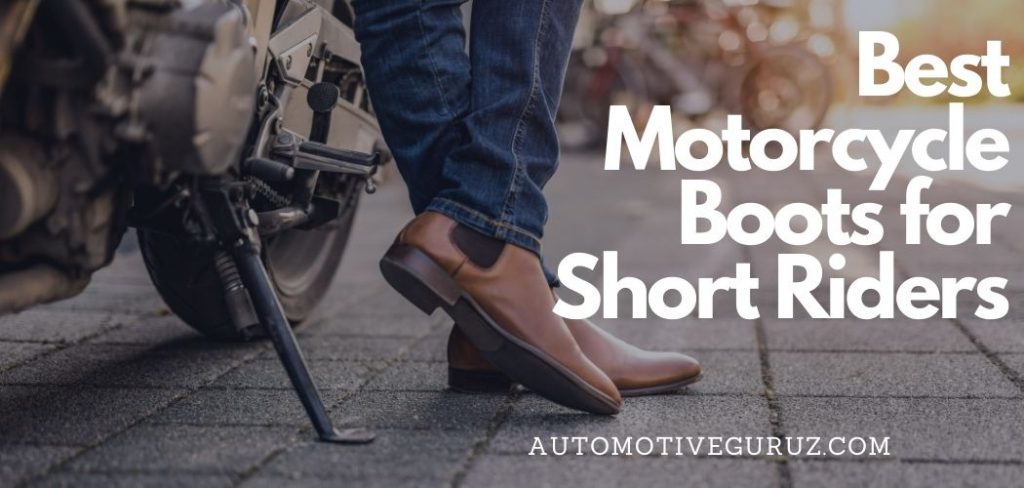Table of Contents
Any object’s shape and surface undergo two types of alterations. That is a combination of physical and chemical changes. Chemical changes occur when the surface compounds react chemically with any external component, causing the surface chemistry to change. Physical changes occur when external forces are applied to the surface, causing structure deformation.
For any type of chemical reaction to start there is a certain amount of energy required called the activation energy. In the case of hot motorcycle washing, there are more chances for adverse chemical reactions to occur as the activation energy required provides by the hot surfaces. Also, every 10 °C rise in temperature of the surface doubles the rate of the reaction. The ultimate result is deterioration and loss of quality of the surface.
Motorcycle parts are composed of metal and polymeric materials such as plastics and rubber.
Most of the main supporting bodies and parts of the bike are made up of metallic materials. Metals expand at elevated temperatures and contract at reduced temperatures. This expansion and contraction of metals with variation in temperature can create certain serious problems during the hot bike wash. Similarly, other parts made of polymeric materials can also be affected by washing the bike at elevated temperatures.
Effects on the metal parts of the bike
The corrosion protective coatings over the bike become bubbled by producing air holes and become ruptured as a result of the sudden contraction of the metal parts of the bike caused by hot bike washing. As a result, the metal surface becomes exposed to the external oxidative environment, and oxidation of the metal surface occurs. This corrosion or rusting process destroys the surface’s smoothness and makes them porous, rendering them unappealing.
Porous surfaces accumulate pollutants and dirt and are difficult to clean during bike washing. Furthermore, these porous surfaces have a wider exposed area, which assists in further metal corrosion. The corrosion process continues to diminish the strength of the bike’s metal parts, increasing the risk of parts damage and injury while moving the motorcycle. Some metal parts’ deterioration can result in the bike’s failure to be used again or to an irreparable state.
Effects on the polymeric materials of the motorcycle
Most of the bike’s decor is made of polymeric materials such as plastics, rubber, polymeric coatings, and other colored compounds. These materials must be protected from deterioration in order to maintain the bike’s beauty and value.
Washing a warm motorcycle causes rubber material to deteriorate, resulting in cracks in the tires, seat covers, and other rubber materials such as varshals.
Weak and cracked tires reduce the overall performance of the bike; increase the risks of accidents due to sudden damage to tires, high fuel consumption, and wastage of time. Varshal degradation causes leaks from different motorcycle engine parts. Similarly, it reduces the shine and color of the bikes, giving them a dim appearance, resulting in a decrease in the total price and difficulties in selling and purchasing.

Lubrication and greasing
Proper lubrication and greasing are necessary for the smooth and calm running of the motorbike. It also helps in improving the bike’s engine efficiency by allowing the engine to deliver more power to the wheels so that it can cover the maximum distance with less fuel utilization.
Here also, it is undesirable to wash the motorcycle when it is hot because the high temperature reduces the viscosity of the lubricant, making it more fluent and also increasing its solubility to be easily washed away with water.
Thus, leaving the lubricated components parts of the bike such as bearings, gears, and chains delivering power from the engine to the wheel free from the lube. Which results in high frictional losses, unwanted noise, poor performance, short life of the engine parts, and wastage of energy.
FAQs
Is it bad to wash a hot motorcycle?
According to manufacturers and mechanics, who deal with motorcycles on a daily basis, you should never let a motorcycle or any other form of engine, get wet. Water and gasoline never mix very well. They will break it down and ruin the engine. You should always keep the motorcycle dry. However, if you accidentally wash the bike when it is hot, then you should dry it immediately before riding it.
Should I let motorcycle cool before washing?
Yes, you should let the motorcycle cool down a bit before washing it.
How often should I wash my bike?
Most bikes need to be washed often. If you live in a humid, rainy, or sandy environment you must wash your bike often. If you ride through these conditions, you can wash your bike after every ride. The most important thing is to clean the bike after every ride. If you ride in extremely dirty conditions, you must clean immediately after a ride. Washing when you come inside is a good idea too.
Dirty bikes will attract rust and mold. Always wash your bike from top to bottom, never rubbing against the direction of the brake cable. When you are cleaning the drive train, always use a non-oil-based degreaser. Oil and degreaser can mix, and it can ruin your drive train. Also, make sure you clean the chain and chainrings. Keeping these clean helps your bike look better and work better!
Conclusion:
Based on the above discussion, “Can you wash a motorcycle when it’s hot?” it is concluded that is disastrous. As a result, it must be cooled before washing to avoid any unfavorable damage and to enable it to run for a long period of time.



